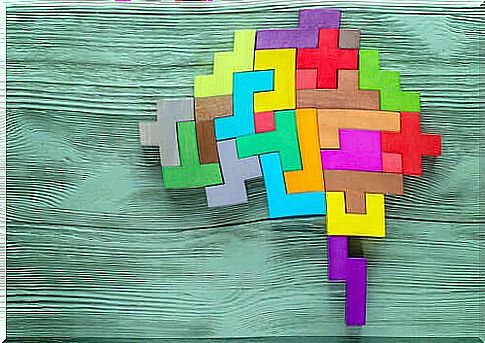Technique Of 8 May To Increase Productivity

The May 8 technique is based on two premises relating to the functioning of the brain. The first tells us that this organ, like anything in the natural world, works in a cyclical and non-linear way. The second premise states that attention and concentration are two limited resources. Our brain is actually fickle, not prepared to work at full capacity all the time.
Natural processes are cyclical and involve a series of phases in which certain mechanisms develop. When one cycle ends, it leaves room for the next, just like night and day, seasons or the menstrual cycle. Concentration also follows a cycle, linked to ultradian rhythms, and the technique of May 8 is based on its analysis.
As for the limits of attention, these have to do with the balance between the information that enters and the ability of the brain to process it. We are not always ready to receive and fully manage cognitive stimuli. The technique of May 8 takes this reality into account.
It is important to clarify that although the May 8 technique starts from scientific premises, it is not a method developed by science. It is an empirical scheme that has been gradually applied proving to be very effective for the development of intellectual tasks. It has proved particularly useful for people who work with the intellect. Let’s deepen.

The technique of May 8 and the ultradian rhythms
Ultradian rhythms are cyclical mechanisms lasting less than 20 hours. Studying them from a point of view strictly related to concentration and attention, it has been established that the human brain is able to maintain an 18-minute attention line. After this period of time, we are overwhelmed by the distraction.
The cycle that determines the sustainable duration of intellectual activity and the absolute need for rest varies between 90 and 120 minutes. This means that in this time frame we can efficiently accomplish a task, after which the cognitive functions begin to reduce significantly. For this it is essential to rest.
The technique of 8 May has managed to demonstrate that the first 210 minutes of work are the most productive, it is the time to carry out the most complex activities. For the rest of the day, our cognitive performance gradually decreases. How to apply this knowledge to our daily life to optimize our performance? Let’s find out right away.
The start of the day is crucial
We have 210 golden minutes at the start of the day. In order not to waste them, it is good to be aware of them. Many people start their work day by reading the news, replying to emails or interacting on social networks. A reflection: perhaps this is how we are wasting the best moment of potential return on activities that do not require it.
The suggestion is to start the day by carrying out the most complex activities that require more creativity. We have about two and a half hours to exploit, let’s do it like this:
- First: brain warming. The brain also needs a short warm-up before getting into gear. The first 10 minutes should therefore be dedicated to warming up. The ideal is to use this time to plan the work and review the plan for the day.
- Second: complex task. The first 60 minutes should be used to apply yourself to one of the most difficult tasks we have in store, which is one that requires high concentration or creativity.
- Third: pause. After the first hour, we will be able to take a break of 10 or 15 minutes in which to get up, stretch our legs and dedicate ourselves to something totally different from what we were doing.
- Fourth: golden phase. Another 60 minutes of work arrive which are the most productive of the day, and we will need to complete the work started previously or to start a new one.
- Fifth: cushioning phase. In the last 10 minutes of this cycle we will have to perform easy tasks that do not require great attention.

What remains of the day
After the first three and a half hours, the ideal is to rest. Most of the time it is not possible and we are forced to continue with the other activities of the day. However, after the first phase of increased productivity we will have to approach work differently.
After a rest of another 10 or 15 minutes, a new cycle of 210 minutes can be started. In this new stage it will not be necessary to warm up the brain and we will be able to concentrate on mechanical tasks or with a high physical component. This can help us awaken and reactivate the mechanisms that are starting to be slowed down. The idea is to do 40-minute activities followed by 10-minute rests.
It is clear that not everyone can afford to apply the May 8 technique precisely. It is advisable to adapt this method to your particular situation, and you will see that the results will be immediately surprising. Try it, and you won’t regret it.
Note. What is stated in this article is not a valid rule for everyone. Our goal is to make the logic understood, not to apply it rigidly. In fact, there are important individual differences that must always be considered. The ideal is that everyone adapts this technique to their own rhythms and times.









